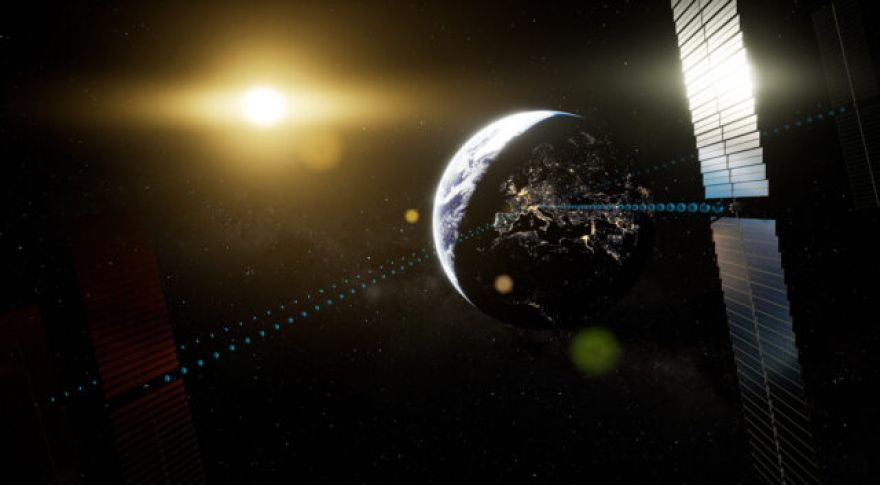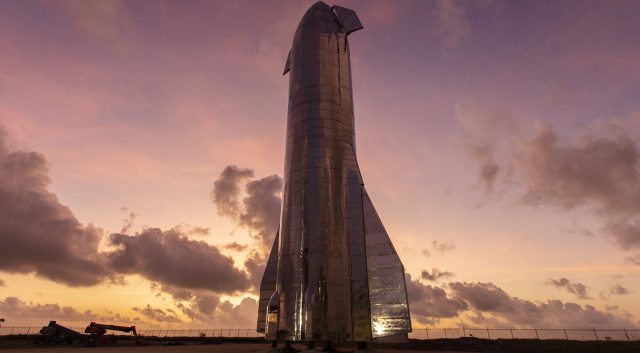
Europe Ponders Massive Investment in Space-Based Solar Power
Europe is in search of new sources of energy as increasing tensions with Russia threaten to reduce the availability of natural gas. Two new consulting reports envision a future in which Europe gets much of its power from space-based solar arrays. Deploying such a system would be enormously expensive, but understanding the scale of this undertaking is the first step in getting it done.
The European Space Agency (ESA) commissioned reports from UK and Germany-based consulting groups to determine how viable space-based solar arrays would be. Those reports are now complete and . With the reports done, it will be up to the 22 member states of the EU to decide if they want to move forward with these projects, but ESA head Josef Aschbacher has been working to build support for the plan, known as Solaris, across the continent.
Currently, Europe uses about 3,000 TWh of electricity every year. To replace any significant portion of that, the ESA would need to deploy a constellation of huge solar power stations, each one 10 times more massive than the International Space Station, which is a 450-ton behemoth that took years to assemble. The necessary 36,000 km altitude means smaller, cheaper rockets would be out of the question. The ISS orbits just 420 kilometers above Earth.
The UK-based Frazer-Nash consultancy projects that it would be possible to launch one of the proposed Solaris power stations every 4-6 years, and that assumes heavy-lift vehicles like the SpaceX Starship enter service as planned. Moving forward with the project may also spur the creation of a European reusable rocket. However, the project as outlined by the ESA would require a 200-fold increase in the world’s current launch capacity to get the full constellation operational by 2050. The reports estimate that space-based solar could provide a quarter to a third of Europe’s power needs, but deployment will cost hundreds of billions of Euros.

The reports assume reusable super-heavy rockets like Starship will become commonplace.
The solar panels on these stations would be able to collect sunlight continuously, whereas collection on the ground is limited by available daylight and weather. Few areas of Europe are considered ideal for terrestrial solar power, as well. In space, solar energy would be converted to microwaves and beamed down to Earth where it is converted back into electricity. The potential efficiency loss in this process is a major concern cited by experts, Ars Technica. It would require new technologies to be viable, and terrestrial solar power may be more cost-effective at that point.
With the reports now complete, Aschbacher will present a plan to the ESA council in November. Even if the ESA decides to move forward with Solaris, it will be decades before the system is operational. On the plus side, that would allow plenty of time for the necessary technologies to evolve.
Now read: